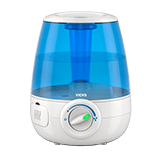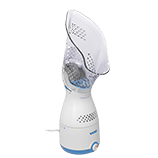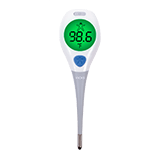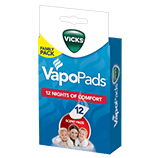
- Products
- Resources
-
-
Vicks products are available for purchase online and in-store at most major retailers.
-
-
- Support
-
-
VICKS SUPPORT
View product-specific FAQs & videos
-
-
- Products
- Resources
- SUPPORT
- Warranty Registration
- Contact Us
How Air Mist Humidifiers Transform Your Home Into a Healthy Oasis
In today’s fast-paced world, maintaining a healthy home environment has never been more crucial. One effective solution to enhance indoor air quality is the air mist humidifier, a device that not only adds moisture to the air but also promotes overall well-being. By delivering a fine mist of water vapor, these humidifiers help combat dryness, alleviate respiratory issues, and improve skin hydration. Additionally, they can create a soothing atmosphere, transforming your living space into a rejuvenating oasis.
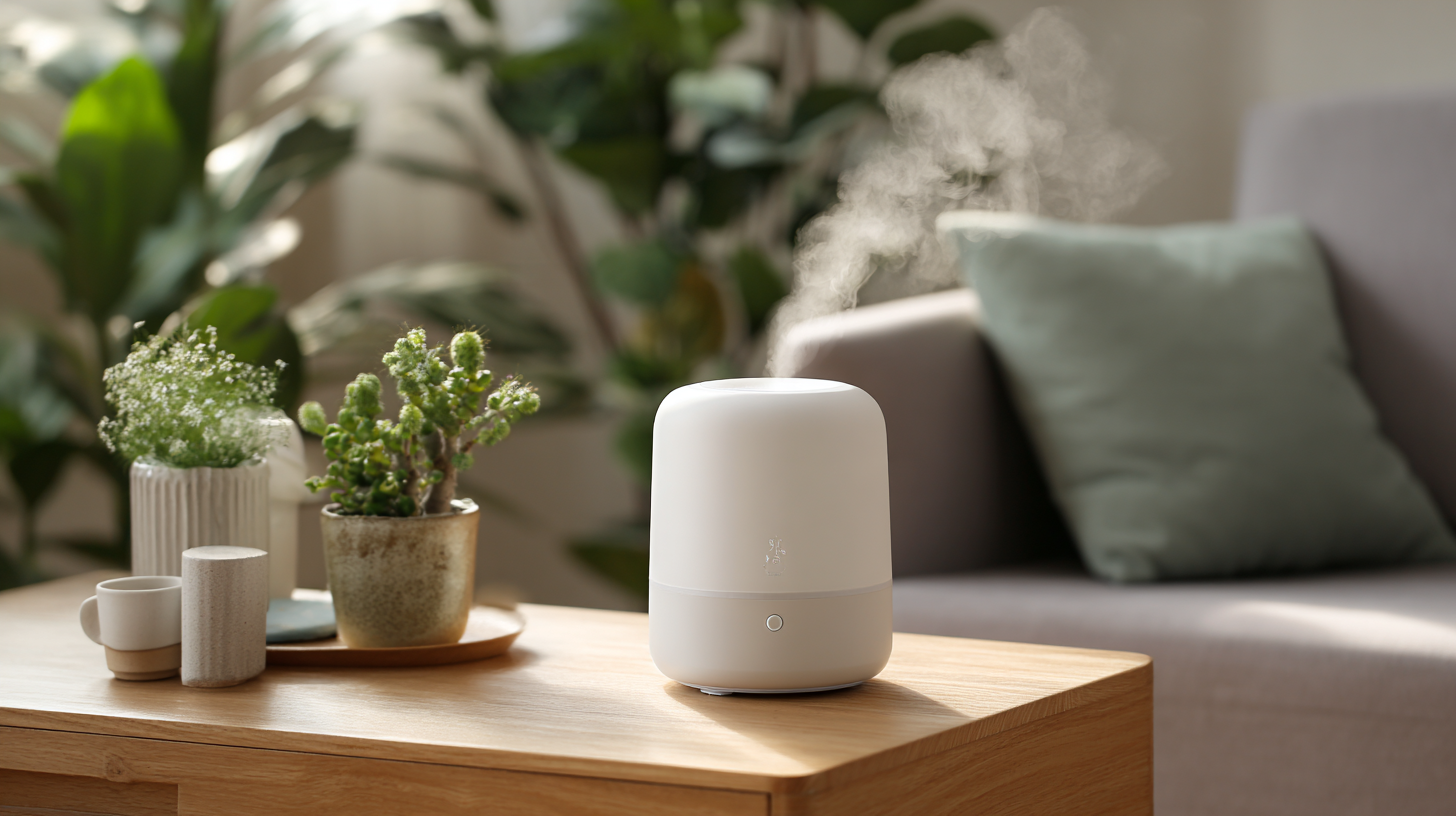
As we explore the myriad benefits and practical applications of air mist humidifiers, you will discover how easy it is to integrate them into your home routine. Whether you are battling seasonal allergies, dry air in your living space, or simply seeking a more comfortable ambiance, an air mist humidifier promises to be a valuable addition to your home wellness toolkit.
7 Key Benefits of Air Mist Humidifiers for Respiratory Health and Comfort
Air mist humidifiers play a crucial role in enhancing respiratory health and overall comfort in your home. One of the primary benefits is that they help maintain optimal humidity levels, which can alleviate symptoms of dry air, such as irritation in the throat and nasal passages. This is particularly beneficial during winter months when indoor heating can strip moisture from the air. By providing a gentle mist, these humidifiers create a soothing environment that promotes easier breathing, especially for individuals suffering from allergies or asthma.
Moreover, air mist humidifiers assist in reducing the spread of airborne viruses and bacteria. When the air is properly humidified, the moisture helps to capture and settle these pathogens, decreasing the likelihood of respiratory infections. Additionally, consistent humidity levels can help to hydrate the skin and eyes, further contributing to overall comfort. Incorporating an air mist humidifier into your home can transform your living space into a healthy oasis, fostering better respiratory function and enhancing your well-being.
5 Essential Features to Look for in the Best Air Mist Humidifiers
When selecting the best air mist humidifiers for your home, there are five essential features to consider that ensure optimal performance and health benefits. Firstly, the size of the humidifier should match your living space; a unit designed for a larger area may produce excessive moisture, while a small one may be ineffective in larger rooms. Look for models that clearly specify their coverage area.
Secondly, adjustable humidity settings are crucial for customizing moisture levels to your comfort. Many top humidifiers come with built-in hygrometers that automatically adjust to maintain desired humidity levels. Thirdly, ease of maintenance is vital; choose a model with a removable tank for easy cleaning and refill, preventing the buildup of mold and bacteria. Fourth, consider noise levels; quieter models allow for peaceful use during the night or in professional settings. Lastly, check for advanced features like automatic shut-off functions and built-in filters, which enhance safety and improve air quality. These key elements will transform your home into a serene and healthy oasis, promoting overall well-being.
8 Surprising Statistics on Indoor Air Quality and Humidity Levels
Indoor air quality is a crucial aspect of our living environments, yet many people underestimate its importance. Studies reveal that nearly 90% of our time is spent indoors, where pollutants and allergens can accumulate. This underscores the need for effective humidity levels to support respiratory health. For instance, maintaining humidity levels between 30% and 50% can significantly reduce the presence of dust mites and mold, both of which thrive in excessively dry or humid conditions.
Moreover, statistics show that proper humidity can improve overall well-being. Research indicates that humid air can decrease the likelihood of respiratory infections by up to 30% and enhance comfort during colder months. Surprisingly, low humidity can also lead to dry skin, eye irritation, and even increased energy costs as systems work harder to maintain temperature. Armed with this knowledge, it's clear that air mist humidifiers are not just accessories but essential tools for creating a healthier, more comfortable living space.
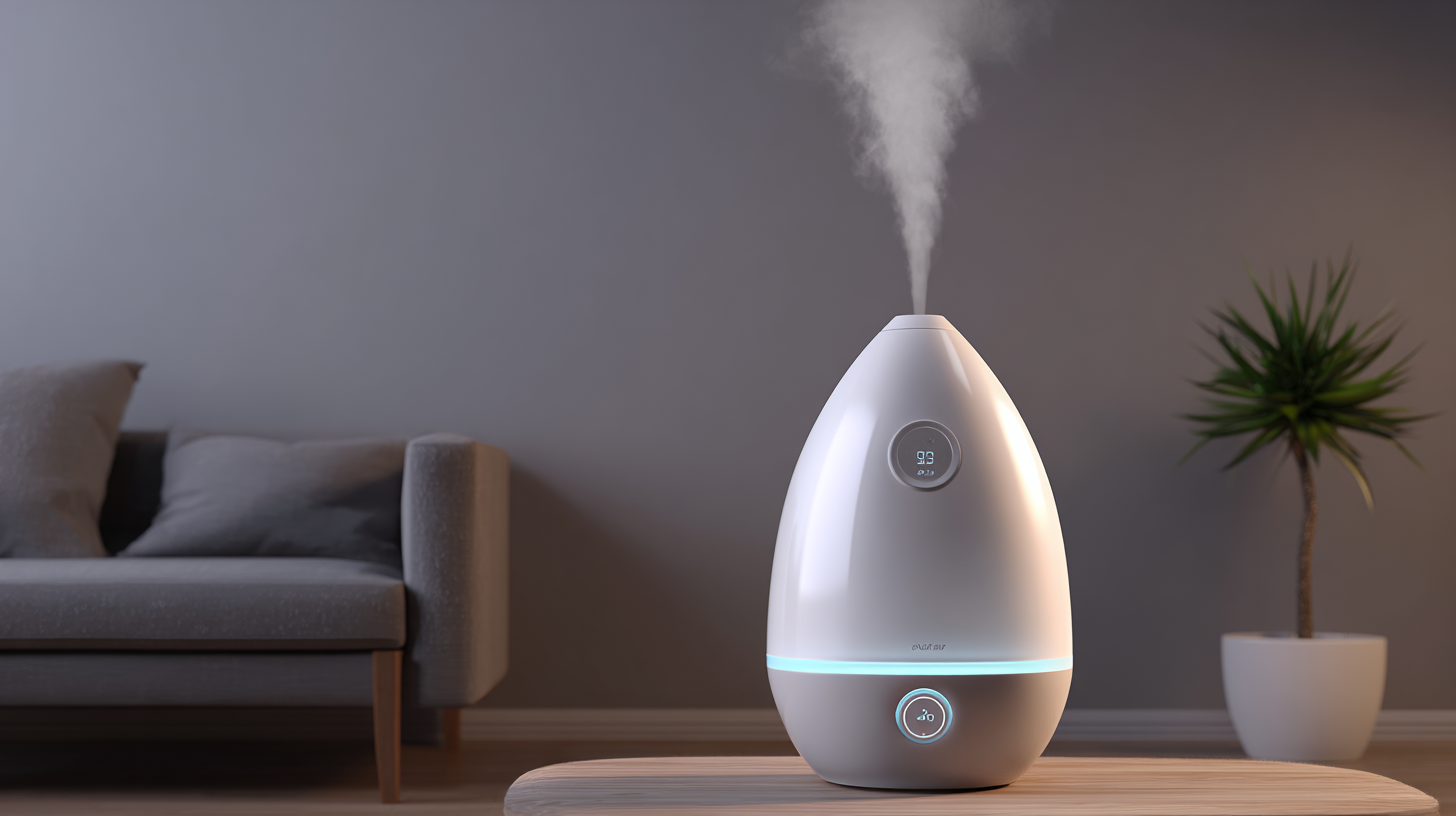
6 Ways Air Mist Humidifiers Enhance Your Home’s Overall Wellness
Air mist humidifiers are not just luxurious home accessories; they are essential tools for enhancing overall wellness. According to the Environmental Protection Agency (EPA), maintaining indoor humidity levels between 30% and 50% can significantly reduce the spread of airborne viruses and allergens. By introducing the right amount of moisture into your living spaces, air mist humidifiers help create a more comfortable environment, thus minimizing respiratory issues and allergy symptoms often triggered by dry air.
 Moreover, these devices play a crucial role in skin health. The American Academy of Dermatology cites that low humidity levels can lead to dry skin, exacerbating conditions like eczema and dermatitis. By keeping moisture levels stable, air mist humidifiers hydrate the skin and promote a healthier complexion. In addition, studies show that improved humidity can enhance sleep quality, with a report from the Sleep Foundation indicating that optimal humidity can reduce snoring and improve breathing during sleep, resulting in a more restful night. Overall, air mist humidifiers not only transform living spaces into healthy oases but also contribute significantly to the well-being of residents.
Moreover, these devices play a crucial role in skin health. The American Academy of Dermatology cites that low humidity levels can lead to dry skin, exacerbating conditions like eczema and dermatitis. By keeping moisture levels stable, air mist humidifiers hydrate the skin and promote a healthier complexion. In addition, studies show that improved humidity can enhance sleep quality, with a report from the Sleep Foundation indicating that optimal humidity can reduce snoring and improve breathing during sleep, resulting in a more restful night. Overall, air mist humidifiers not only transform living spaces into healthy oases but also contribute significantly to the well-being of residents.
9 Expert Tips for Maximizing the Efficiency of Your Humidifier System
Air mist humidifiers are essential for creating a healthy home environment, particularly in dry climates where indoor air can become excessively arid. To maximize the efficiency of your humidifier system, consider these nine expert tips. First, keep your humidifier clean by regularly changing the water and cleaning the tank, as studies show that unmaintained units can harbor bacteria and mold, potentially impacting indoor air quality. According to a report by the Environmental Protection Agency (EPA), maintaining humidity levels between 30% and 50% can significantly reduce the survival of viruses, offering better protection against infections.
Additionally, strategically placing your humidifier can enhance its performance. It's recommended to position the unit in a central location or near heat sources, which can help distribute moisture evenly throughout your home. The American Society of Heating, Refrigerating, and Air-Conditioning Engineers (ASHRAE) suggests that optimal humidity can increase comfort levels and reduce energy costs, as humidified air feels warmer at lower temperatures. Lastly, consider investing in a hygrometer to monitor the humidity levels within your home, ensuring that they remain within the suggested range for health and comfort. Following these expert recommendations can transform your living space into a rejuvenating oasis.
How Air Mist Humidifiers Transform Your Home Into a Healthy Oasis - 9 Expert Tips for Maximizing the Efficiency of Your Humidifier System
| Tip Number | Tip Description | Optimal Humidity Level | Recommended Frequency of Use |
|---|---|---|---|
| 1 | Maintain a humidity level between 30-50% | 30-50% | Daily |
| 2 | Clean your humidifier once a week to prevent mold | N/A | Weekly |
| 3 | Use distilled water to reduce mineral buildup | N/A | Always |
| 4 | Position the humidifier in the right room (bedroom, nursery) | N/A | Nightly |
| 5 | Monitor humidity levels with a hygrometer | 30-50% | Daily |
| 6 | Adjust settings based on seasonal changes | 30-50% | As needed |
| 7 | Consider a smart humidifier for ease of use | N/A | As needed |
| 8 | Ensure proper ventilation in the room | N/A | Always |
| 9 | Read and follow manufacturer instructions carefully | N/A | As needed |
Related Posts
-
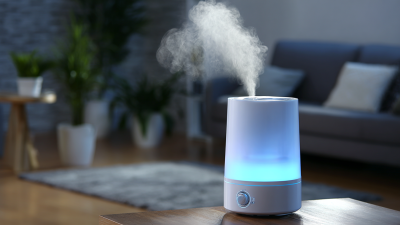
How to Choose the Right Cold Water Humidifier for Your Home
-
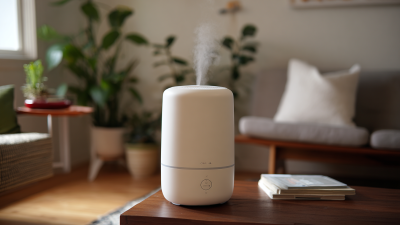
7 Essential Tips for Choosing the Best Hot Humidifier for Your Home
-

7 Top Benefits of Using a Warm Humidifier for Your Home Comfort
-
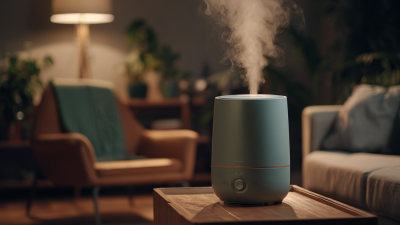
How to Choose the Best Cold Air Humidifier for Your Home Environment
-
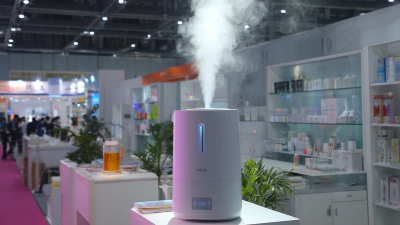
Exploring Hot Air Humidifier Innovations at the 138th Canton Fair 2025 in China
-

What You Need to Know About the Latest Cold Humidifier Technology




